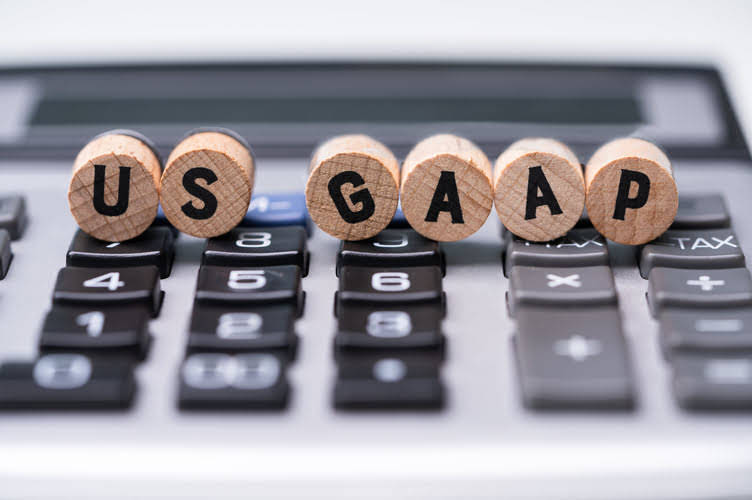
Typically, companies with significant capital expenditures are in a state of growth. Any changes in the cash position of a company that involves assets, investments, or equipment would be listed under investing activities. This section reconciles the net profit to net cash flow from operating activities by adjusting items on the income statement that are non-cash in nature.
Cash Flow From Investing Activities
- Like depreciation, amortization has nothing to do with the investing activities section.
- Usually, when companies expand they invest in property, plant, and equipment (PPE), and investors or shareholders of the company can easily find all these transactions in the CFI section of the cash flow statement.
- It is a non-cash expense and is added back to the net income in the operating activities section under the indirect method.
- Cash flow from investing activities is a line item on a business’s cash flow statement, which is one of the major financial statements that companies prepare.
- Cash flow from investing activities (CFI) is one of the sections of a company’s cash flow statement.
- Cash flows from financing activities are cash transactions related to the business raising money from debt or stock, or repaying that debt.
Some examples of investing cash flows are payments for the purchase of land, buildings, equipment, and other investment assets and cash receipts from the sale of land, buildings, equipment, and other investment assets. Cash flows from financing activities are cash transactions related to the business raising money from debt or stock, or repaying that debt. Cash flows related to changes in equity can be identified on the Statement of Stockholder’s Equity, and cash flows related to long-term liabilities can be identified by changes in long-term liabilities on the balance sheet. If a company reports a negative amount of cash flow from investing activities, that’s a good clue that the business which of the following is an investing activity? is investing in capital assets, which means in the future, you can expect their earnings to grow. That’s especially true in capital-driven industries like manufacturing, which require big investments in fixed assets to grow their businesses.
- In general, negative cash flow can be an indicator of a company’s poor performance.
- The articles and research support materials available on this site are educational and are not intended to be investment or tax advice.
- It provides insight into all the cash that enters and leaves the business through its operating, investing, and financing activities.
- The accumulated depreciation on the plant at the time of its sale was $4,000.
- Cash flow from investing activities typically refers to the cash generated in a company by making or selling investments and/or earning from investments.
- The activities included in cash flow from investing actives are capital expenditures, lending money, and the sale of investment securities.
Why You Can Trust Finance Strategists

Cash flow from investing activities is reported on the cash flow statement. In accounting, investment activities refer to the purchase and sale of long-term assets and other business investments, within a specific reporting period. The results of a company’s reported investing activities give insights into its total investment gains and losses during a defined period.
What Are Examples of Investing Activities?
When a company makes long-term investments in securities, acquires property, equipment, vehicles, or it expands its facilities, etc., it is assumed to be using or reducing the company’s cash and cash equivalents. As a result, these investments and capital expenditures are reported as negative amounts in the cash flows from investing activities section of the SCF. When a medium other than cash is used to acquire an asset, we call it a non-cash investing activity. When we prepare a statement of cash flows, https://www.instagram.com/bookstime_inc we are concerned only with cash transactions. The significant non-cash investing activities are, however, disclosed in the footnotes under the caption “non-cash investing and financing activities”.

Finance Strategists has an advertising relationship with some of the companies included on this website. We may earn a commission when you click on a link or make a purchase through the links on our site. All of our content is based on objective analysis, and the opinions are our own. Textbook content produced by OpenStax is licensed under a Creative Commons Attribution-NonCommercial-ShareAlike License . For the past 52 years, Harold Averkamp (CPA, MBA) hasworked as an accounting supervisor, manager, consultant, university instructor, and innovator in teaching accounting online. For the past 52 years, Harold Averkamp (CPA, MBA) has worked as an accounting supervisor, manager, consultant, university instructor, and innovator in teaching accounting online.
Cash flow from investing activities is a line item on a business’s cash flow statement, which is one of the major financial statements that companies prepare. Cash flow from investing activities is the net change in a company’s investment gains or losses during the reporting period, as well as the change resulting from any purchase or sale of fixed assets. The cash flow statement is one of the three financial reports that a company generates in an accounting period. One of the sections of the cash flow statement is cash flow from investing activities. These can either be positive (cash generated by sales of investment securities or assets) or negative (cash spent on long-term assets, lending, or marketable securities).
- For the year, the company spent $30 billion on capital expenditures, of which the majority were fixed assets.
- The cash flow statement is one of the four annual financial statements prepared by companies at the end of the year.
- The income statement reports the revenue and expenditure of a company during a specific period, while the balance sheet reports the assets, liabilities, and capital.
- The net cash used in investing activities was calculated by subtracting the positive cash flow of $1,395 million from the negative cash flow of $25,431 million.
- Investing activities include purchases of physical assets, investments in securities, or the sale of securities or assets.
Finance Strategists is a leading financial education organization that connects people with financial professionals, priding itself on providing accurate and reliable financial information to millions of readers each year. 11 Financial may only transact business in those states in which it is registered, or qualifies for an exemption or exclusion from registration requirements. 11 Financial’s website https://www.bookstime.com/articles/how-long-should-you-keep-business-records is limited to the dissemination of general information pertaining to its advisory services, together with access to additional investment-related information, publications, and links.
The receipt of a cash dividend of $1,200 may be classified as either operating or investing cash inflow if financial statements are prepared in accordance with IFRSs. However, if GAAPs are to be followed, the cash received for dividends should be classified as operating cash inflow. T-Shirt Pros’ statement of cash flows, as it was prepared by the company accountants, reported the following for the period, and had no other capital expenditures. As the statement of cash flows indicates, Walmart made a significant capital expenditure in 2019 since it has a net cash outflow of $24,036 million in investing activities. Cash flow from financing activities includes cash transactions that increase or decrease a company’s equity and/or liabilities. The net cash used in investing activities was calculated by subtracting the positive cash flow of $1,395 million from the negative cash flow of $25,431 million.

Calculation of Cash Flow From Investing Activities
It is a non-cash expense and is added back to the net income in the operating activities section under the indirect method. Like depreciation, amortization has nothing to do with the investing activities section. Cash flow from investing activities includes any inflows or outflows of cash from a company’s long-term investments.
